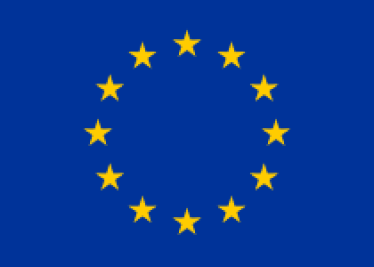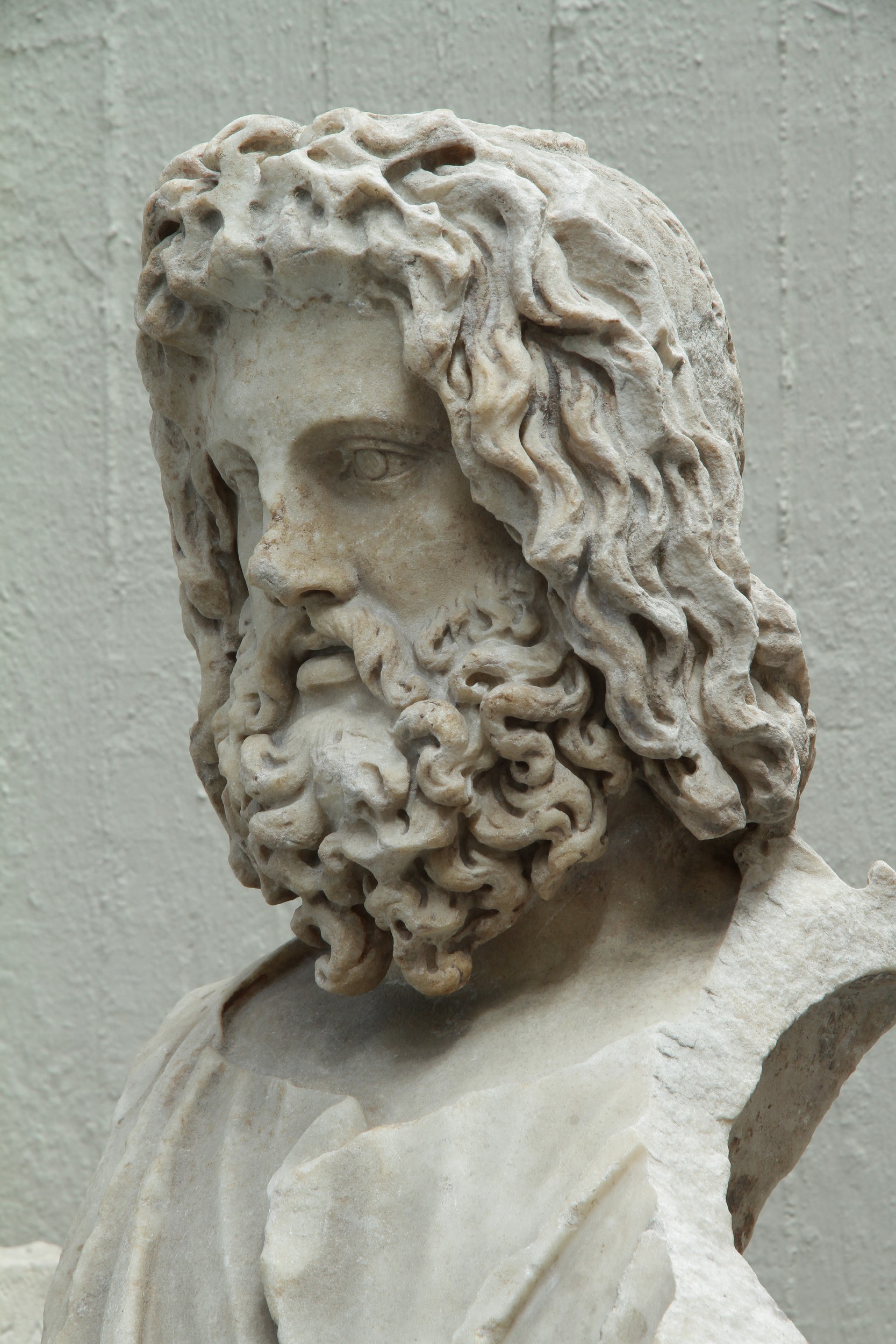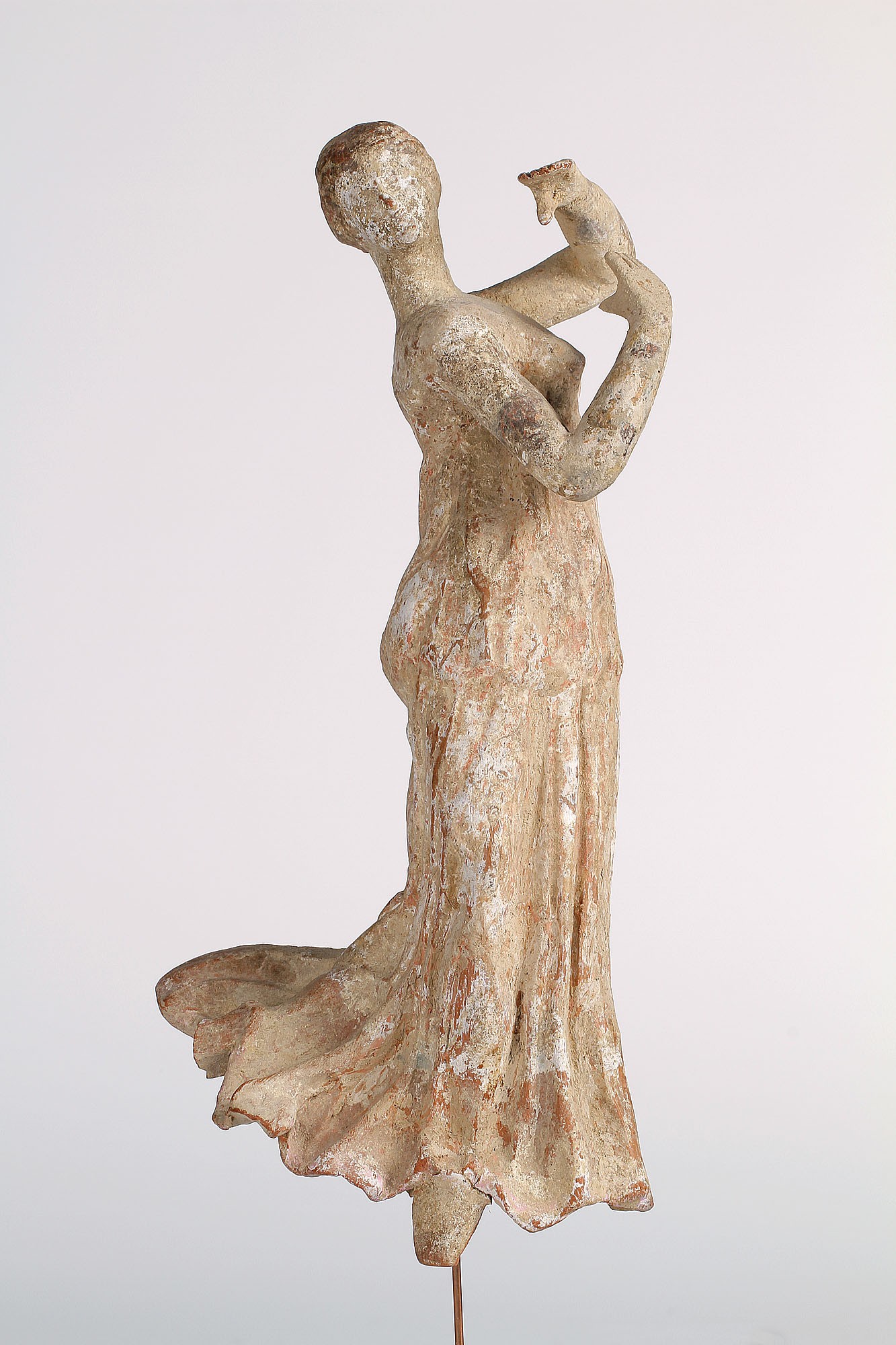Exhibition
#Alexandria_exhibition
Alexandria: Past Futures
Bozar – Centre for Fine Arts Brussels – 30.09.2022 – 08.01.2023
3D Visit, Bozar – Centre for FIne Arts Brussels – Available until 31.12.2023
Mucem, Museum of European and Mediterranean Civilisations, Marseille – 08.02.2023 – 08.05.2023
Alexandria: Past Futures revisits the former megapolis at the height of its history, highlighting its urban, political and religious organization and some of the numerous scientific innovations and philosophical expressions that shaped it into one of the ancient world’s civilizational centres.
By examining multilayered temporalities, the exhibition also echoes dominant accounts of Alexandria as one through which successive civilizations and political formations of the past have rehearsed visions of futures that are either no longer present or remain felt through the city’s material culture and its built environment.
Around two-hundred historical artefacts from the most important European museum collections offer a new perspective on Alexandria, focusing on its spaces of power, knowledge, and worship, as well as its inhabitants’ lifeworlds and transnational influence from the 4th century BC to the 4th century AD.
More than twenty contemporary artworks that span painting, photography, sculpture, text, archival documentation and video engage, through and with the chimeric port city, the allegory of ‘territory’ as a contested object of representation.
They are envisioned to complement as well as unsettling the objects spanning this exhibition and are displayed through an ambitious scenography so as to incite critical and poetic associations within the different sections of the exhibition.
The exhibition is structured around the following five sections:
- 1. The city
Alexandria was founded in the 4th century BC by Alexander the Great, who had dreamt of establishing during his rule a city that controls commercial trade and circulation in the eastern Mediterranean, gathering local as well as Greek populations. The exhibition provides a presentation of the city’s organization and its evolution throughout history. It presents various emblematic constructions, such as the lighthouse of Alexandria, symbol of the city’s power, or its distinguished drinking water supply system. Contemporary artworks engage the city’s changing urban landscapes, as well as address and denounce the fragility of unstable – and incomplete – infrastructure systems.
- 2. Power and knowledge
At the end of the 4th century BC, Ptolemy I sought to gather and preserve the ‘world’s knowledge’ through the creation of the Mouseion(“Museum”), which included a university, an academy and the famous library of Alexandria. The Museum and the Library thus played a major role in the development of philosophical and scientific thought that the exhibition explores in detail, surveying the cult devoted to the Ptolemaic Dynasty as well as the different forms of knowledge production that the city was witness to at the time. Through sculptures and installations, the contemporary artworks question the aesthetic and symbolic qualities of monuments and memorials, addressing hegemonic narratives embedded in archeological artifacts as well as museums’ roles in rewriting certain histories.
- 3. Temples, cultural bilingualism and polysemic works of art
The Lagid rulers sought to weave links between Greek and Egyptian traditions. The Serapeum of Alexandria was the great temple of these new deities endowed with a universal character. This period witnessed the building of bridges between Egyptian, Greek and Roman deities, giving rise to a cultural and religious bilingualism.
- 4. The Alexandrians of everyday life
The exhibition endeavors to restore several structures used by ancient inhabitants of Alexandria daily life based on objects that are emblematic of everyday city life. Among these are the Gymnasium, which fulfilled a similar function to the Greek agora or the Roman forum, and the necropolis of Alexandria, which bear witness to the assimilation of Egyptian funerary practices by Greek and Roman populations. Contemporary artworks explore the various negotiations and points of tension inherent in the aesthetic representation of everyday life in present-day Alexandria.
- 5. The influence of Alexandria
A true political, economic, cultural and religious beacon, Alexandria radiated throughout the Ancient world. The exhibition engages the influence of Alexandria on the Meroitic Empire through the presentation of found objects and the transmission of Egyptian funerary practices to Nubia; as well, demonstrating how, through the unprecedented influence of Isiac cults in the Mediterranean region and Europe, Alexandria has established itself as a key city for the circulation – and production – of consumer goods and forms of knowledge. Contemporary artworks reflect on the ways in which dominant historiographic accounts of cities like Alexandria, when challenged, can allow us to gesture towards alternative futures.
Moreover, the themes addressed are frequently enriched by complementary incursions into other eras – Byzantine, Arab, modern – offering a detailed understanding of Alexandria’s adaptation throughout history. In addition, new artistic commissions by major contemporary artists, including Wael Shawky, are presented for the first time.
Coproduction :
Exhibition organised by the Royal Museum of Mariemont, Bozar – Centre for Fine Arts, Brussels and the Mucem – Museum of European and Mediterranean Civilisations, Marseille.
Curatorial concept :
Antique section
Arnaud Quertinmont, curator of Egyptian and Near Eastern antiquities at the Royal Museum of Mariemont
Nicolas Amoroso, curator of Greek and Roman antiquities at the Royal Museum of Mariemont
Contemporary section
Edwin Nasr, independent writer and curator
Sarah Rifky, curatorial advisor, curator at the Institute for Contemporary Art at Virginia Commonwealth University and PhD candidate at the Massachusetts Institute of Technology
Context :
In parallel to the exhibition, two artist residency programmes, a series of workshops, study visits, meetings and conferences in the cities of the different partners involved examined the multiple challenges faced by the arts, heritage and cities through the symbolic and historical lens of the city of Alexandria, analyzing its influences on urban development across the Mediterranean and beyond.
Some perspectives on proposed artworks for the exhibition :
Here is a first selection of works included in the ‘Alexandria: Past Futures’ exhibition. Follow us on this page and on our social networks for further announcements!
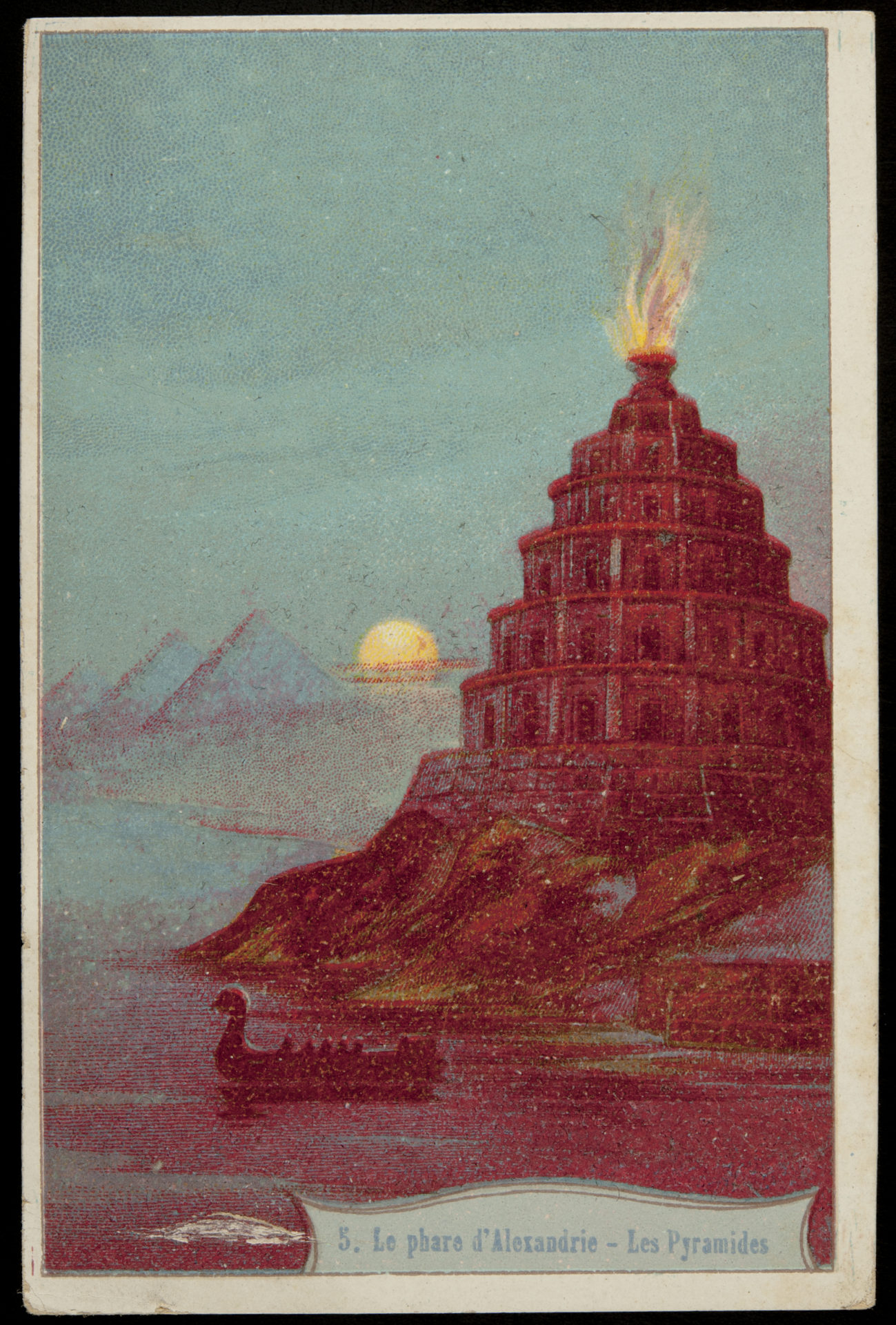
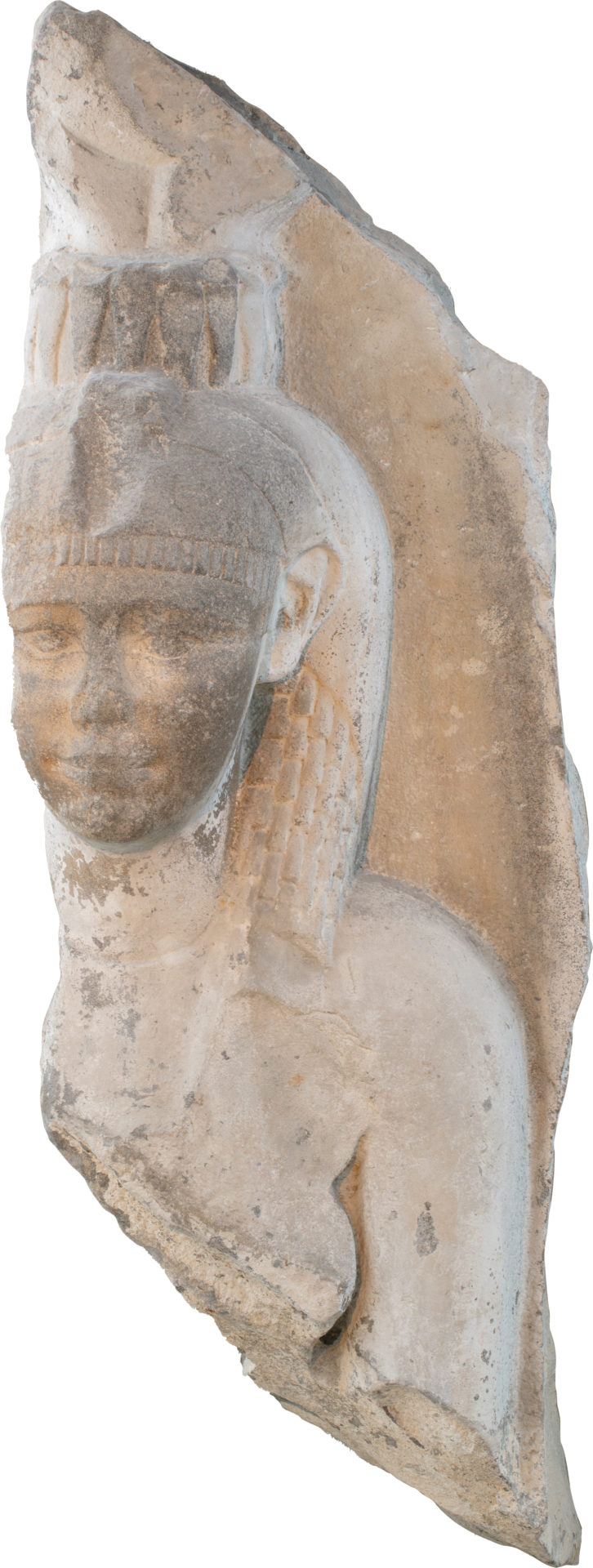
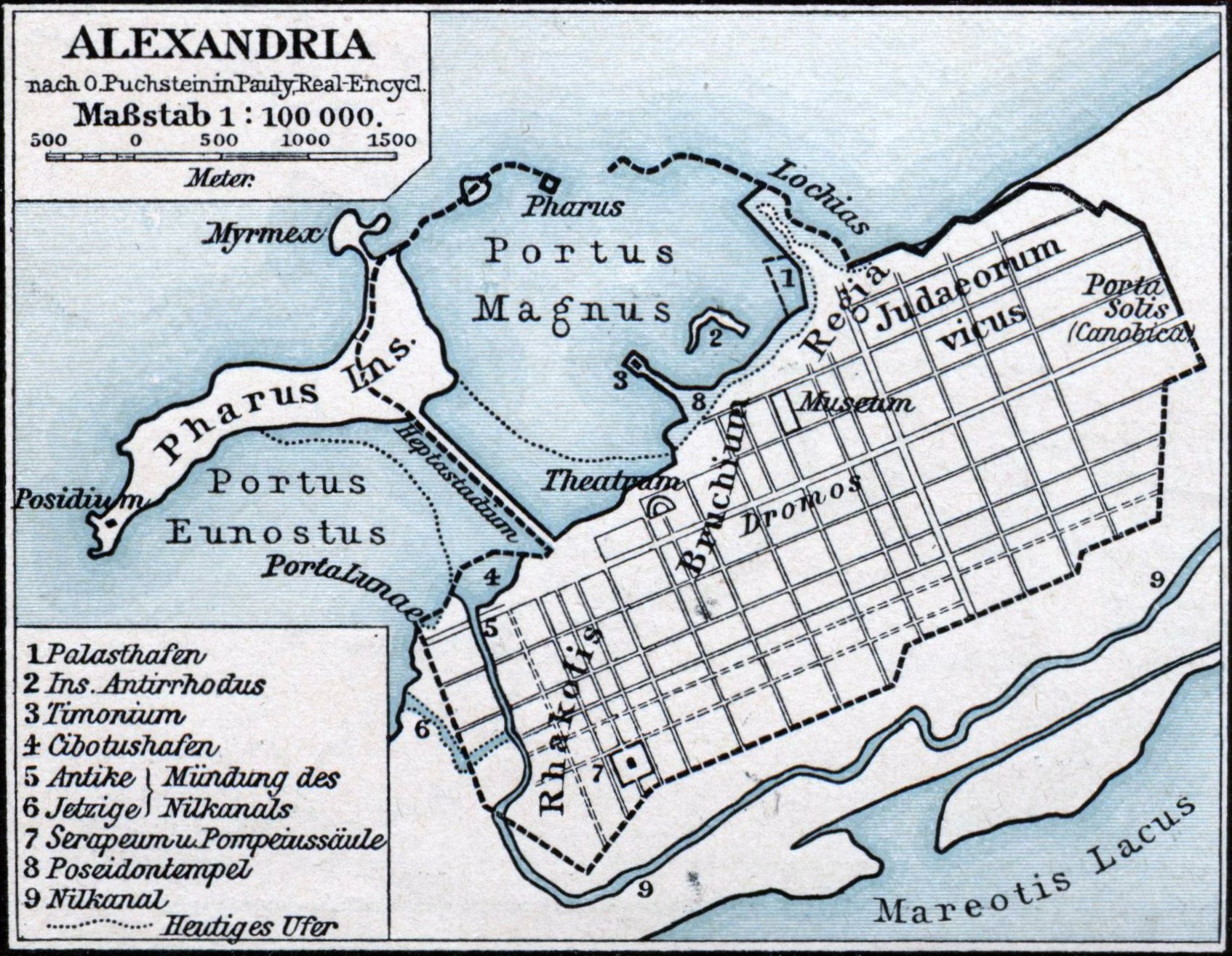
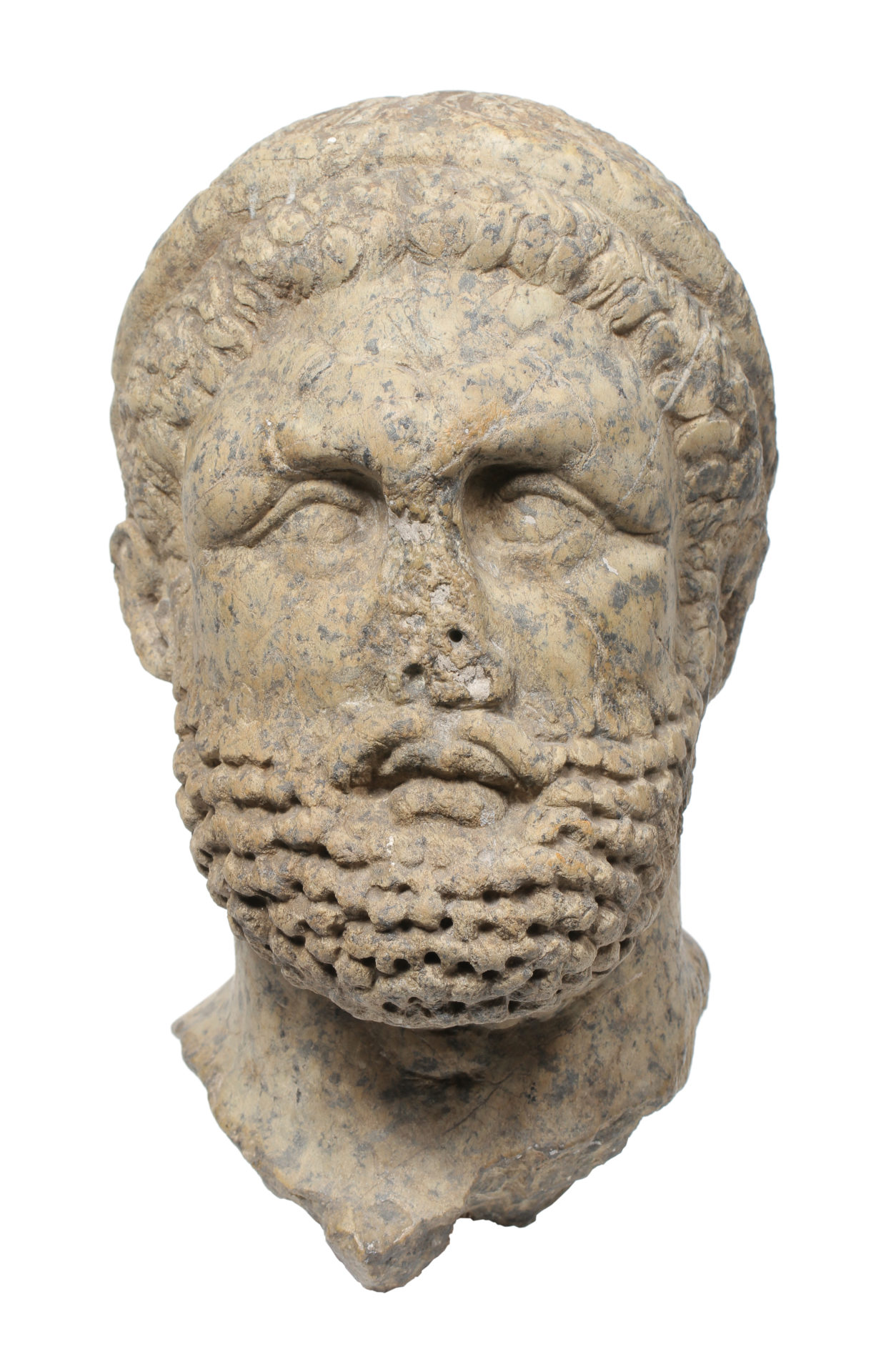
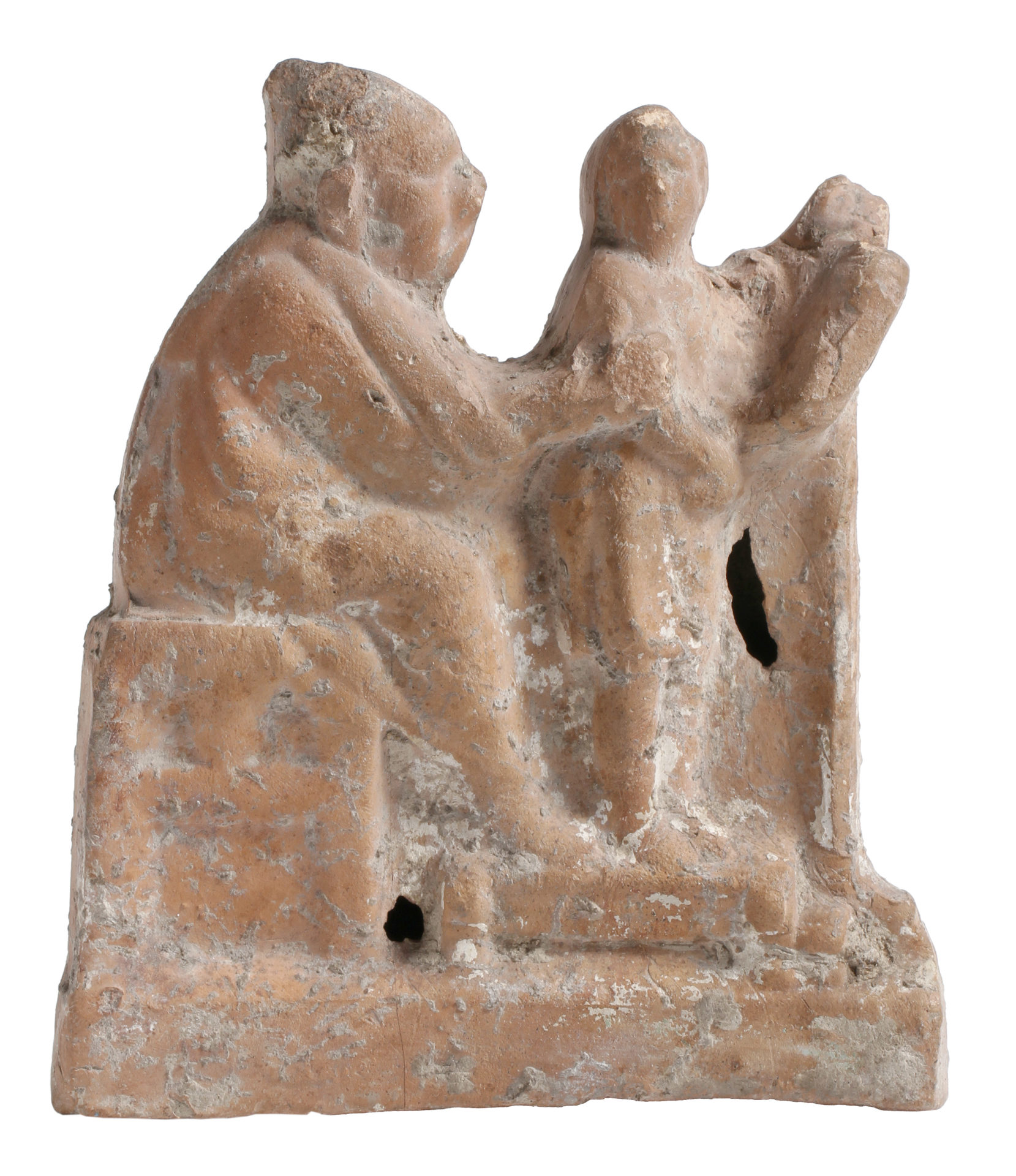
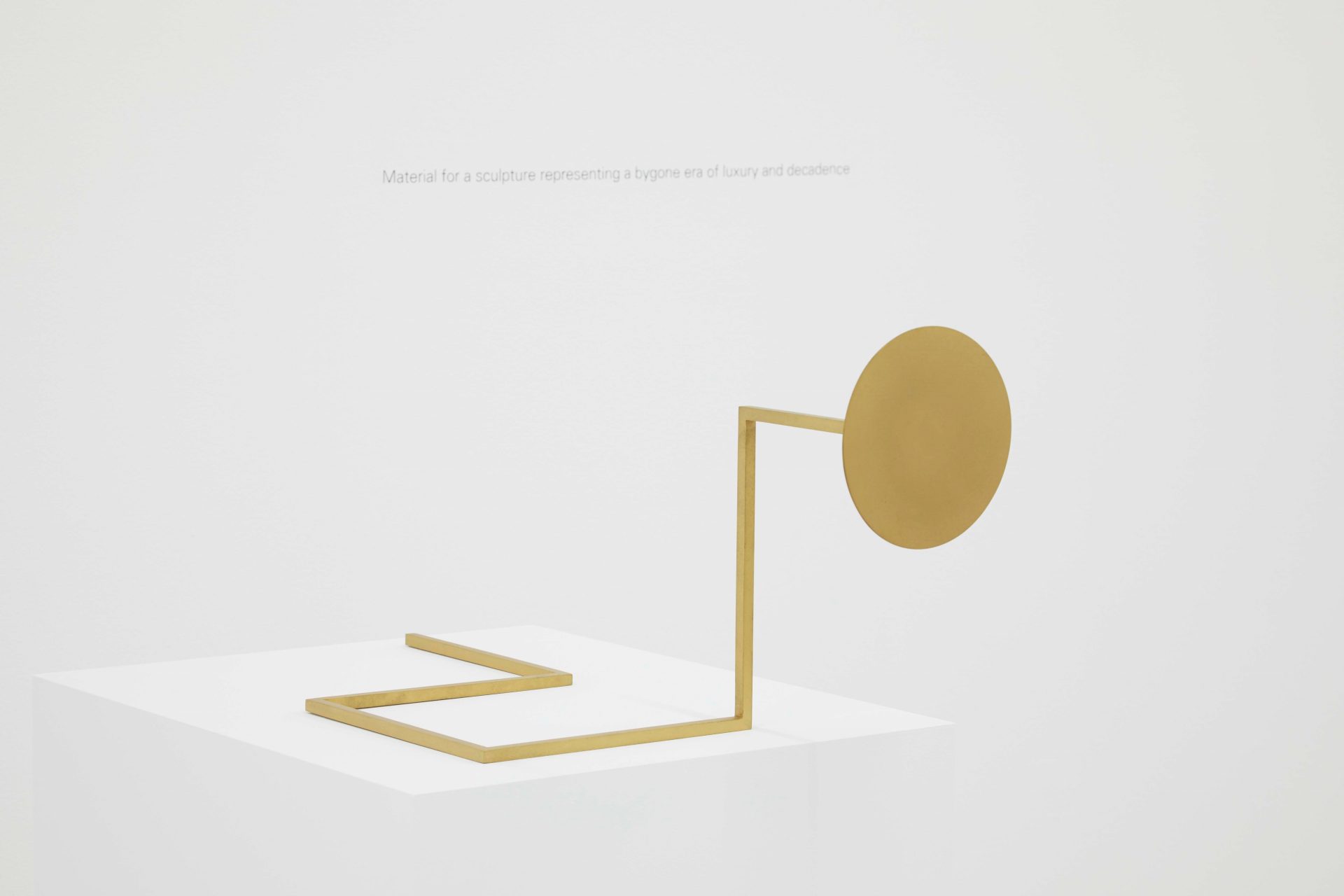
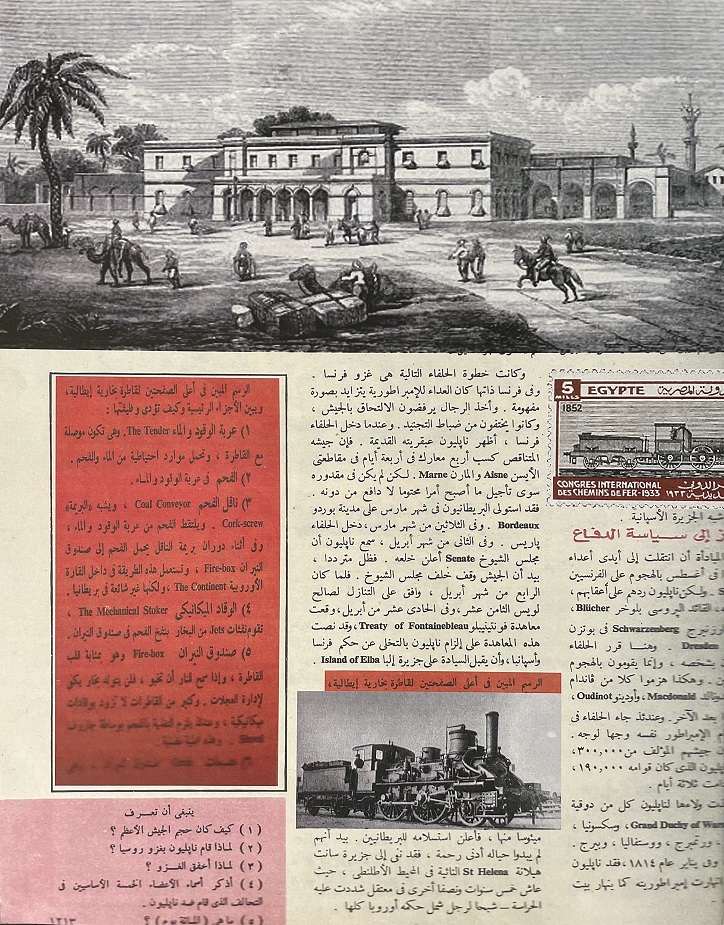
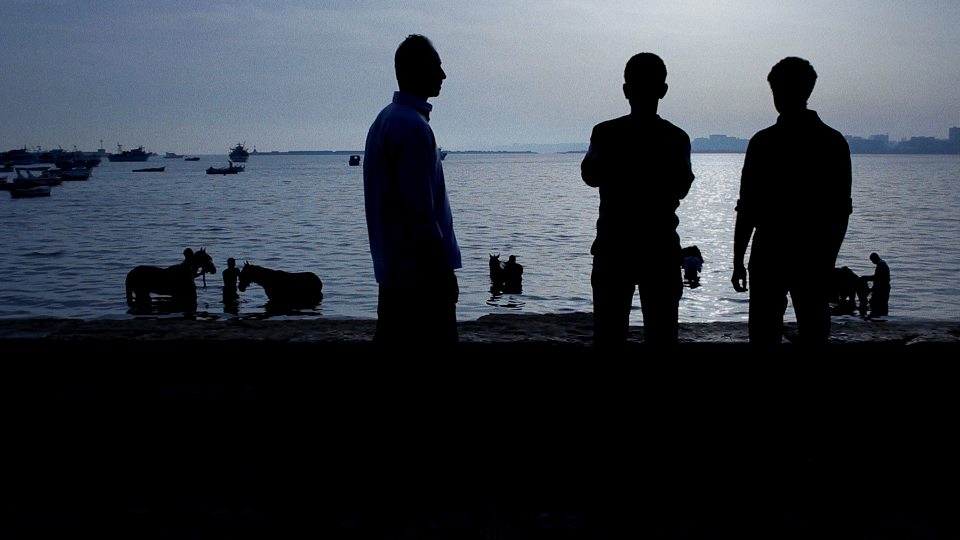
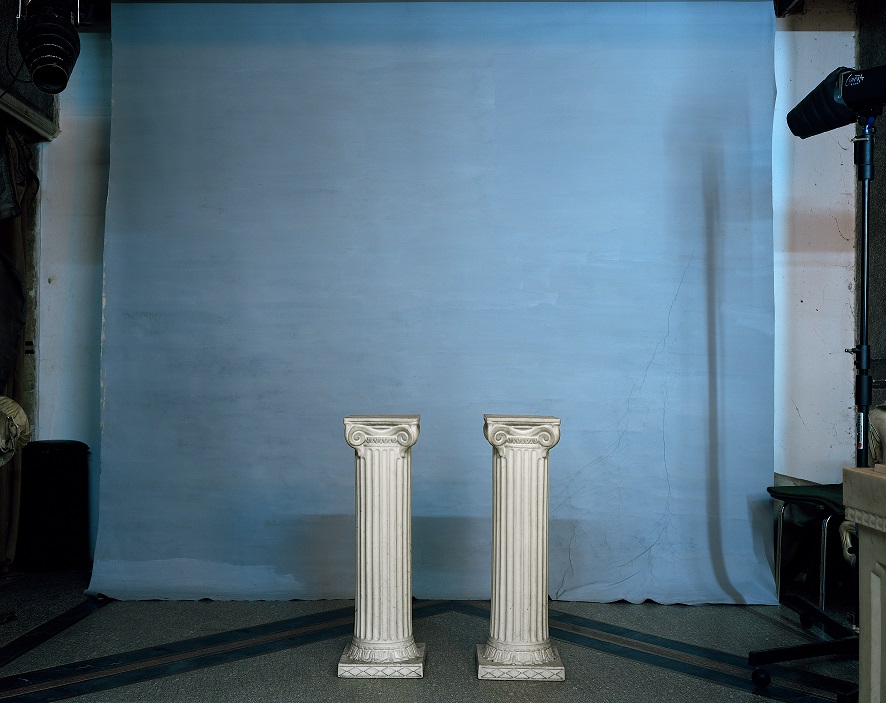
Featured posts
Support :


Co-funded by the Creative Europe programme of the European Union in the framework of the international project ‘Alexandria: (Re)activating Common Urban Imaginaries’. With the support of Fédération Wallonie-Bruxelles.





